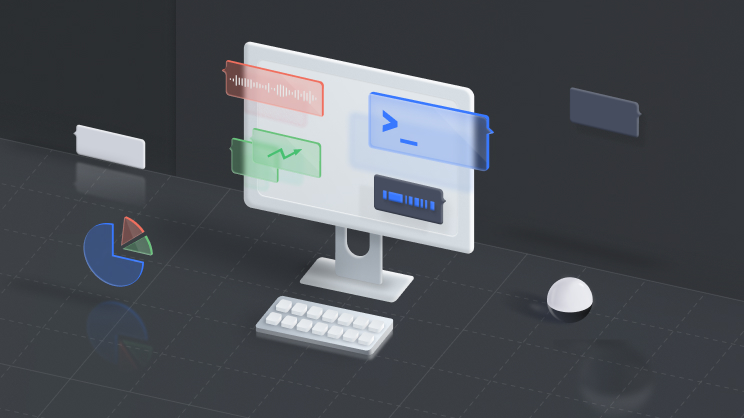Master Tekton installation, configuration, task automation, pipeline creation, triggers, and extensions.
CI/CD with Tekton (LFS274)



 Chapter 1. Course Introduction
Chapter 1. Course Introduction
 Chapter 2. Getting Started with Tekton
Chapter 2. Getting Started with Tekton
 Chapter 3. Installation and Configuration
Chapter 3. Installation and Configuration
 Chapter 4. Tasks
Chapter 4. Tasks
 Chapter 5. Pipelines
Chapter 5. Pipelines
 Chapter 6. Triggers
Chapter 6. Triggers
 Chapter 7. Tekton Dashboard Extensions
Chapter 7. Tekton Dashboard Extensions
 Chapter 8. Automating Pipeline Execution with Triggers
Chapter 8. Automating Pipeline Execution with Triggers
 Chapter 9. Lab Exercises
Chapter 9. Lab Exercises
- Be familiar with containerization concepts (preferably Docker), YAML syntax, and version control systems like Git
- Have a basic understanding of Kubernetes and its core concepts (pods, services, deployments), the software development life cycle, and basic Linux command line operations
- Have basic knowledge of the Slack communication tool
- A Kubernetes cluster- version 1.26 with a specified storage class
- Kubectl CLI and tkn CLI
- Image registry
- Git repository
If using a cloud provider like GCP or AWS, you should be able to complete the lab exercises using the free tier or credits provided to you. However, you may incur charges if you exceed the credits initially allocated by the cloud provider, or if the cloud provider’s terms and conditions change.












